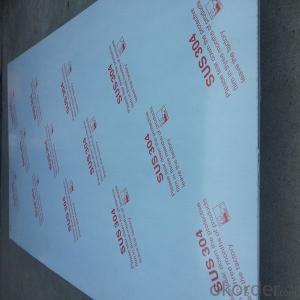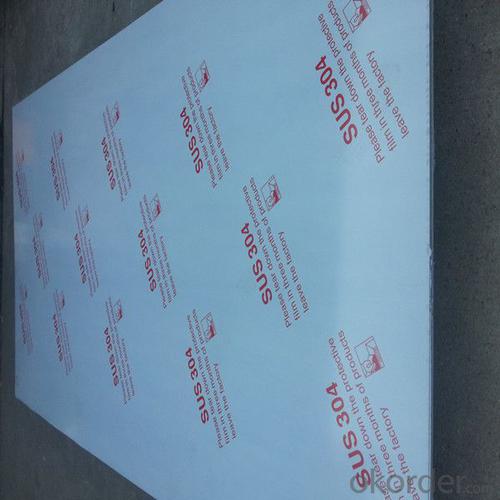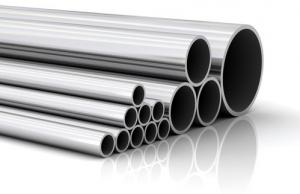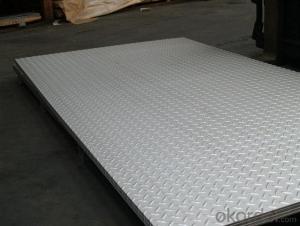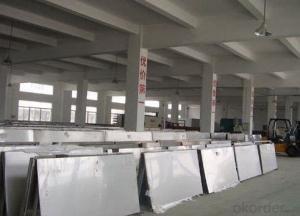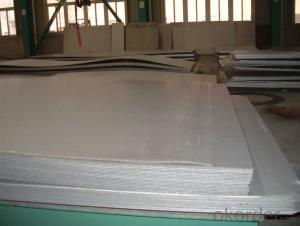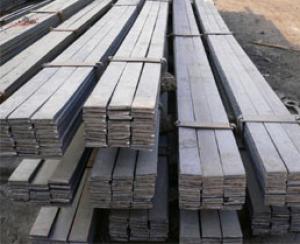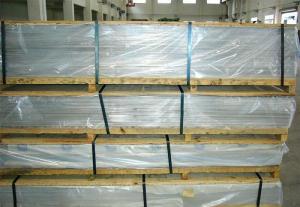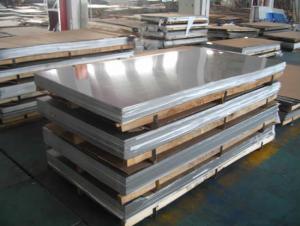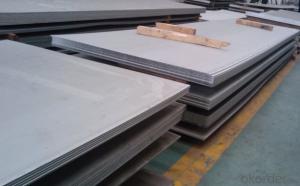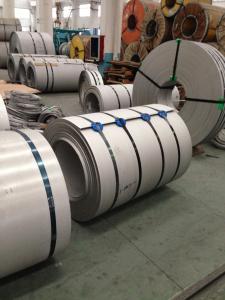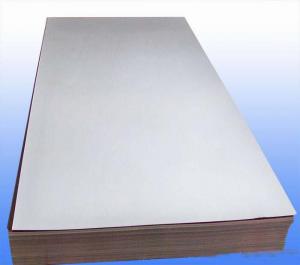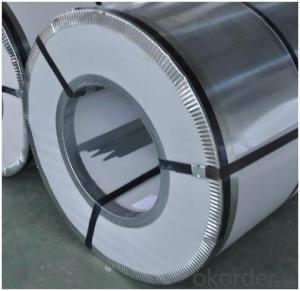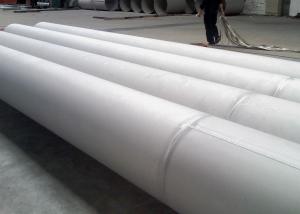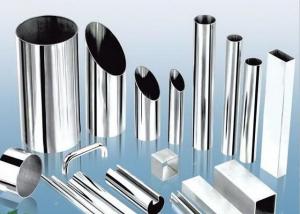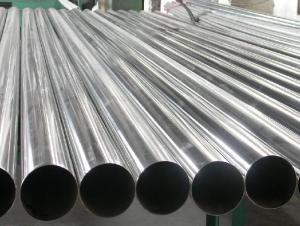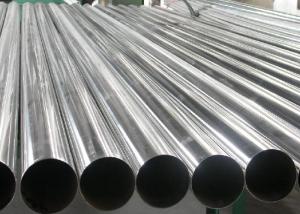316 Inox Sheet HL Surfce with Best Price
- Loading Port:
- Shanghai
- Payment Terms:
- TT OR LC
- Min Order Qty:
- 5 m.t
- Supply Capability:
- 30000 m.t/month
OKorder Service Pledge
OKorder Financial Service
You Might Also Like
Specification
Best product of 316 inox sheet HL surfce
1.Product Description
1. Specifications about 316 inox sheet
Commodity430 304 304L 316L 201 316 4x8 sheet metal prices stainless steel
Grade201,202,304,304L,316,316L,310S,309S,321,301,310,410,420,430,904L
BrandTISCO ,BAOSTEEL,POSCO,JISCO,LISCO
CertificationSGS,BV,IQI,TUV,ISO,etc
Thickness0.2mm-150mm
Width1000,1219,1250,1500mm, or as your requirements
Length2000,2438,2500,3000,6000mm, or as your requirements
SurfaceNo.1, 2B, BA, 8K Mirror, Hairline,satin, Embossed,brush,No.4,HL,matt,pvc film,laser film.
StandardASTM,AISI,SUS,JIS,EN,DIN,GB, ASME,etc
Delivery time5-7 days after confirming the order
MOQ1 Ton
AdvantagesShowing the splendor of your quality, wearresistant as well , strong corrosion resistance and decorative effect, durable and beautiful in good taste.
2.Products photos
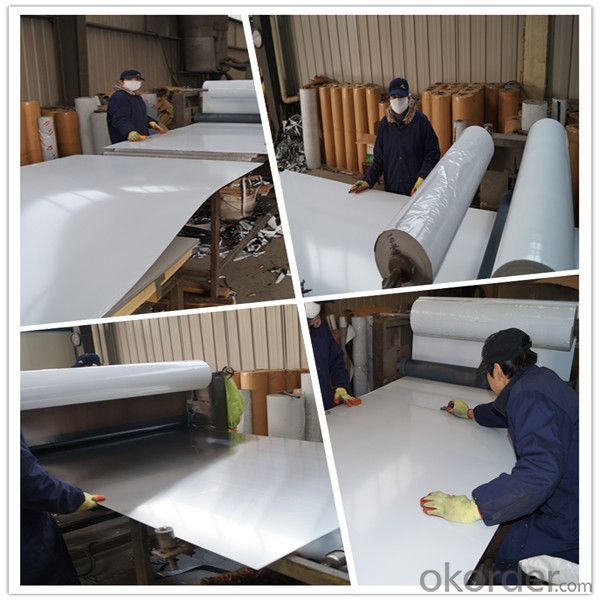
3.FAQ
Q1. How many countries you already exported ?
Exported to more than 50 countries mainly from America, Russia, UK, Kuwait, Egypt, Iran, Turkey, Jordan, etc.
Q2.How can I get some samples?
Small samples in store and can provide the samples for free. Catalog is available, most patterns we have ready samples in stock. Customized samples will take about 5-7days.
Q3:What is the MOQ?
A3:Stainless steel sheet 100 tons, pattern sheets 50pcs.
Q4:How To Protect The Sheets?
Two white and black PE layers to cover the surface, each layer is 70 micro (Total 140 micro), laser PVC is also workable.( Novacel or poli-film brand )
Q5.Which brand is your product?
Most of our products are TISCO, LISCO, Bao steel,JISCO,ZPSS.ect.
- Q: How do you prevent intergranular corrosion on stainless steel sheets?
- Intergranular corrosion, which causes structural damage and reduced strength, occurs along the grain boundaries of stainless steel. To prevent this corrosion on stainless steel sheets, several steps can be taken: 1. Material Selection: To prevent intergranular corrosion, it is crucial to select the appropriate grade of stainless steel. Grades like 304L or 316L, which have low carbon content, are less susceptible to this type of corrosion due to their reduced sensitivity to sensitization. 2. Heat Treatment: One can heat treat stainless steel sheets to eliminate carbide precipitation, a common cause of intergranular corrosion. This process, known as solution annealing or sensitization heat treatment, involves heating the material to a specific temperature range and rapidly cooling it. This treatment ensures the formation of a consistent and corrosion-resistant microstructure. 3. Passivation: Passivation is a chemical process that removes contaminants and forms a protective oxide layer on the surface of stainless steel sheets. This layer acts as a barrier against corrosion and prevents intergranular attack. Typically, nitric acid or citric acid solutions are used for passivation. 4. Welding Techniques: Proper welding techniques should be employed when welding stainless steel sheets to minimize the risk of intergranular corrosion. This includes using low heat input, preventing excessive heat build-up, and using filler materials with low carbon content to prevent sensitization. 5. Avoiding Contamination: It is essential to protect stainless steel sheets from contamination by other metals, particularly those with higher galvanic potentials. Contact with carbon steel, for instance, can lead to galvanic corrosion and promote intergranular attack. Therefore, it is important to store and fabricate stainless steel sheets separately from other metals. 6. Regular Cleaning and Maintenance: Regularly cleaning and maintaining stainless steel sheets is vital to prevent the accumulation of corrosive substances or contaminants on the surface. Non-abrasive cleaners and proper cleaning methods should be used to avoid scratching the stainless steel, as scratches can create sites for corrosion initiation. By implementing these preventive measures, one can significantly reduce intergranular corrosion, ensuring the durability and performance of stainless steel sheets.
- Q: Can stainless steel sheets be used for wire mesh?
- Yes, stainless steel sheets can be used to make wire mesh. The sheets can be cut into thin strips and then woven or welded together to create a sturdy and durable wire mesh. Stainless steel is a popular choice for wire mesh due to its corrosion resistance, strength, and versatility.
- Q: How do you remove rust or corrosion from stainless steel sheets?
- There are several effective methods to remove rust or corrosion from stainless steel sheets. One common approach is to use a mixture of baking soda and water to create a paste, which can be applied to the affected areas and gently scrubbed using a soft cloth or sponge. Another option is to use vinegar or lemon juice, which have natural acidic properties that can help dissolve the rust. Simply soak a cloth in either of the liquids and rub the affected areas until the rust is removed. For more stubborn rust or corrosion, using a commercial stainless steel cleaner or a fine-grit sandpaper can be effective. It is important to always follow the manufacturer's instructions and to test any cleaning method on a small, inconspicuous area before applying it to the entire surface.
- Q: Can stainless steel sheets be used for air conditioning systems?
- Indeed, air conditioning systems can utilize stainless steel sheets. Stainless steel, renowned for its toughness, corrosion resistance, and impressive strength, is a favored material option for various components within air conditioning systems. Specifically, it finds frequent usage in air conditioning ducts, air handling units, heat exchangers, and other components that encounter air or moisture. The stainless steel sheets employed in air conditioning systems usually adhere to a specific grade that suits the intended purpose, thereby guaranteeing peak performance and longevity. All in all, stainless steel sheets represent a dependable and effective selection for air conditioning systems.
- Q: What is the thickness range of stainless steel sheets?
- The thickness of stainless steel sheets can differ based on the grade and purpose. Generally, they come in thicknesses ranging from 0.4mm to 6mm. Moreover, there are specific stainless steel sheets, like foil sheets, which are even thinner, measuring as fine as 0.02mm. Conversely, for robust applications, stainless steel sheets can be as thick as 50mm or beyond. Ultimately, the desired thickness of a stainless steel sheet hinges on the intended use, structural demands, and aesthetic preferences.
- Q: Can stainless steel sheets be cut or shaped easily?
- Yes, stainless steel sheets can be cut or shaped easily. Stainless steel is known for its excellent machinability and workability, making it relatively easy to cut, shape, and form into desired shapes or sizes with the right tools and techniques.
- Q: Can stainless steel sheets be used for elevator mirrors or panels?
- Yes, stainless steel sheets can be used for elevator mirrors or panels. Stainless steel is a popular material choice for elevator interiors due to its durability, sleek appearance, and resistance to corrosion and scratches. Elevator mirrors or panels made from stainless steel sheets provide a modern and elegant look, while also being easy to clean and maintain. Additionally, stainless steel is a versatile material that can be customized with various finishes, such as polished, brushed, or textured, to further enhance the aesthetic appeal of the elevator interior.
- Q: What is the thickness range for stainless steel sheets?
- The thickness range for stainless steel sheets can vary, but it typically falls between 0.4mm to 6mm.
- Q: Can stainless steel sheets be used for pressure vessels?
- Yes, stainless steel sheets can be used for pressure vessels. Stainless steel is known for its excellent corrosion resistance, which makes it an ideal material for pressure vessels that are exposed to harsh environments or corrosive substances. It also has high strength and good mechanical properties, allowing it to withstand the internal pressure exerted by the fluid or gas inside the vessel. Additionally, stainless steel sheets can be easily formed and welded to create the desired shape and size of the pressure vessel. Overall, stainless steel sheets are a popular choice for pressure vessels in various industries such as oil and gas, chemical processing, and pharmaceuticals.
- Q: What kind of screws do you choose for stainless steel plates?
- If it's a fixed plate, ordinary ones will doOf course, stainless steel screws are the best
Send your message to us
316 Inox Sheet HL Surfce with Best Price
- Loading Port:
- Shanghai
- Payment Terms:
- TT OR LC
- Min Order Qty:
- 5 m.t
- Supply Capability:
- 30000 m.t/month
OKorder Service Pledge
OKorder Financial Service
Similar products
Hot products
Hot Searches
Related keywords
